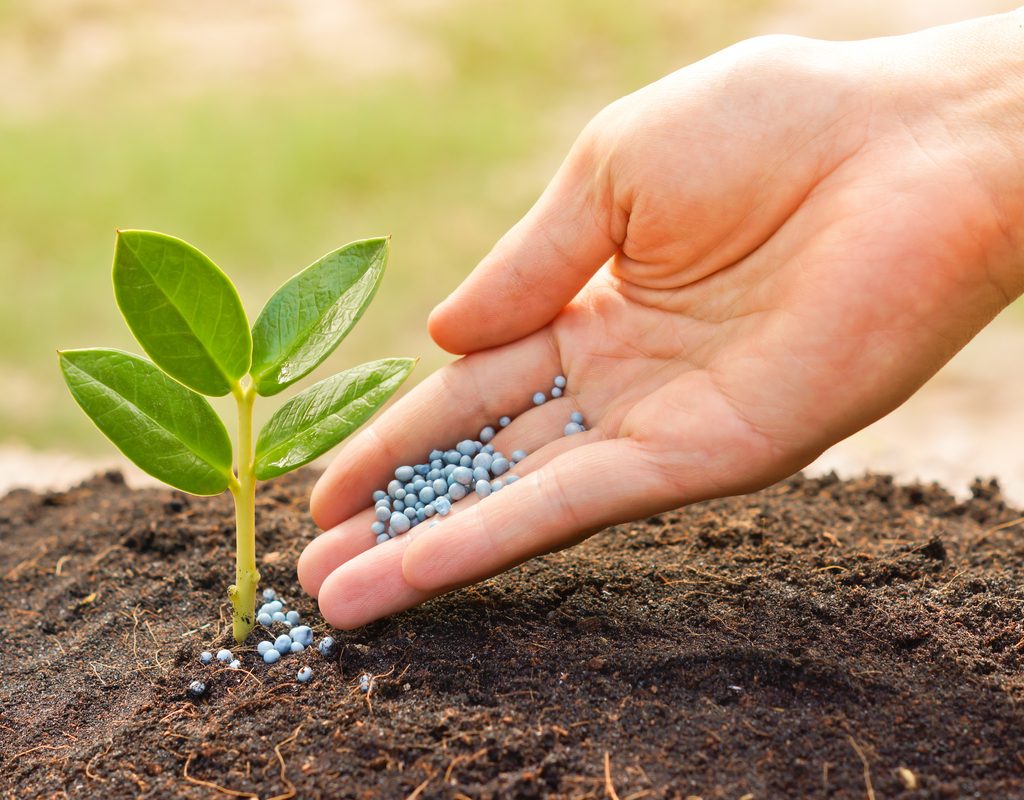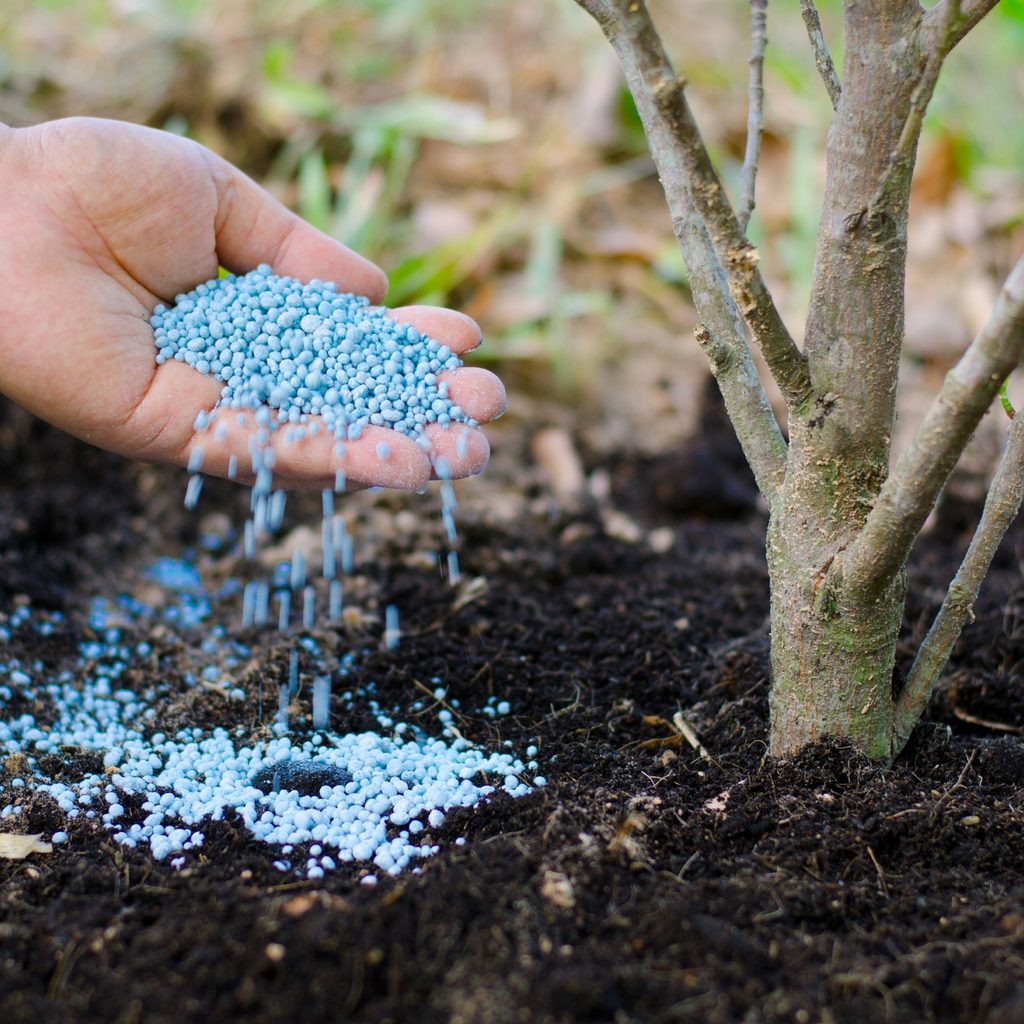Plants, like all living things, need nutrients to live. There are macronutrients, nitrogen, potassium, and phosphorus for plants, but there are also micronutrients. There are supplements, fertilizers, and home recipes touting the best ways to feed your plants and make sure they’re getting all the nutrients they need, but how can you be sure they work? What even is a micronutrient, why are they important, and, perhaps most importantly, how can your plants get them? Stick around for the rest of the article, because we’re about to explain everything you need to know about micronutrients.
What are micronutrients?
Micronutrients are minerals or elements that plants need for vital functions but only in very small amounts. Different plants need nutrients in different amounts, but which nutrients are necessary is fairly standard. Micronutrients are just as important for plants as macronutrients! They serve important roles in plant development and function, they just aren’t absorbed in as large a quantity as macronutrients.
It’s important to maintain a balance when it comes to nutrients. Deficiencies are no joke, but neither is having too much of a nutrient. Both can cause serious problems for your plants, so caution is important.

What micronutrients do your plants need and why?
The micronutrients that plants need are boron, chlorine, copper, iron, manganese, molybdenum, and zinc. The role nutrients play in plants can be complicated, and some of the nutrients may serve functions we aren’t completely aware of. However, here is a brief summary of what we know so far about the roles of each of these nutrients.
Boron is used in the development and growth of cell walls. It keeps the cells sturdy and helps them develop properly. Without boron, the plant’s cells are weaker, making them more vulnerable, and they often grow deformed or distorted. Boron deficiencies primarily impact the growing points of the plant, leading to dead, deformed, or sickly growth.
Chlorine plays a role in energy reactions. As many of these energy reactions take place in the leaves, that is mainly where you can see signs of chlorine deficiencies. Leaves with a chlorine deficiency will develop yellow spots or splotches and sometimes die if it isn’t corrected.
Copper is important for many reactions involving the growth of plants. It acts as a catalyst, helping reactions along. Some of the reactions it is involved in include the production of proteins and vitamin A. Copper is immobile, meaning that once it is absorbed into the plant it doesn’t move throughout the plant. As such, copper deficiencies appear in young leaves. They curl in on themselves and sometimes turn yellow.
Iron plays several roles in plants. It’s a part of energy transfers, it helps with the fixation of nitrogen, and it plays a part in the formation of lignins, which form cell walls and other support tissues. Iron deficiency is also recognizable when leaves begin turning yellow, however there is a slight difference. Rather than turning yellow all over, or curling and then turning yellow, leaves with iron deficiency turn yellow only in between the veins, which are left dark green.
Manganese is very important for energy intake, especially with photosynthesis. It also helps with the development of plants, particularly in germination. Manganese deficiency also leads to yellowing leaves and stunted development.
Molybdenum plays a role in plant growth, as well as helping to produce enzymes and fix nitrogen. When a plant is deficient in molybdenum, its growth is stunted and its leaves turn pale.
Zinc is crucial for the production of chlorophyll. Without it, plants will suffer stunted growth and discolored leaves.

What’s the best way to make sure your plants are getting them?
The best way to be certain beyond a shadow of a doubt that your plants are getting all the micronutrients they need is to test your soil. There are home kits, as well as services where you send a soil sample to a lab, but sometimes local gardening or landscaping businesses will offer this service, too. Talking to your local gardeners or landscapers can help, as they may be able to recommend products or methods to help you specifically based on their familiarity with the area.
There are supplements and fertilizers that contain these micronutrients. However, deficiencies in micronutrients are fairly uncommon in regular garden soil. You most likely won’t need to worry about it, as long as your plants seem to be doing all right.
Now you know everything you need to make sure your plants are properly nourished! Micronutrients are needed in smaller amounts, but they’re just as important as macronutrients. Deficiencies in micronutrients can be serious, but they’re also uncommon.
Testing your soil when your plants begin having issues is a great way to pinpoint the problem and ensure that you aren’t overloading the soil with a particular nutrient when adding supplements. You’re all set to go, so get out there and grow!


